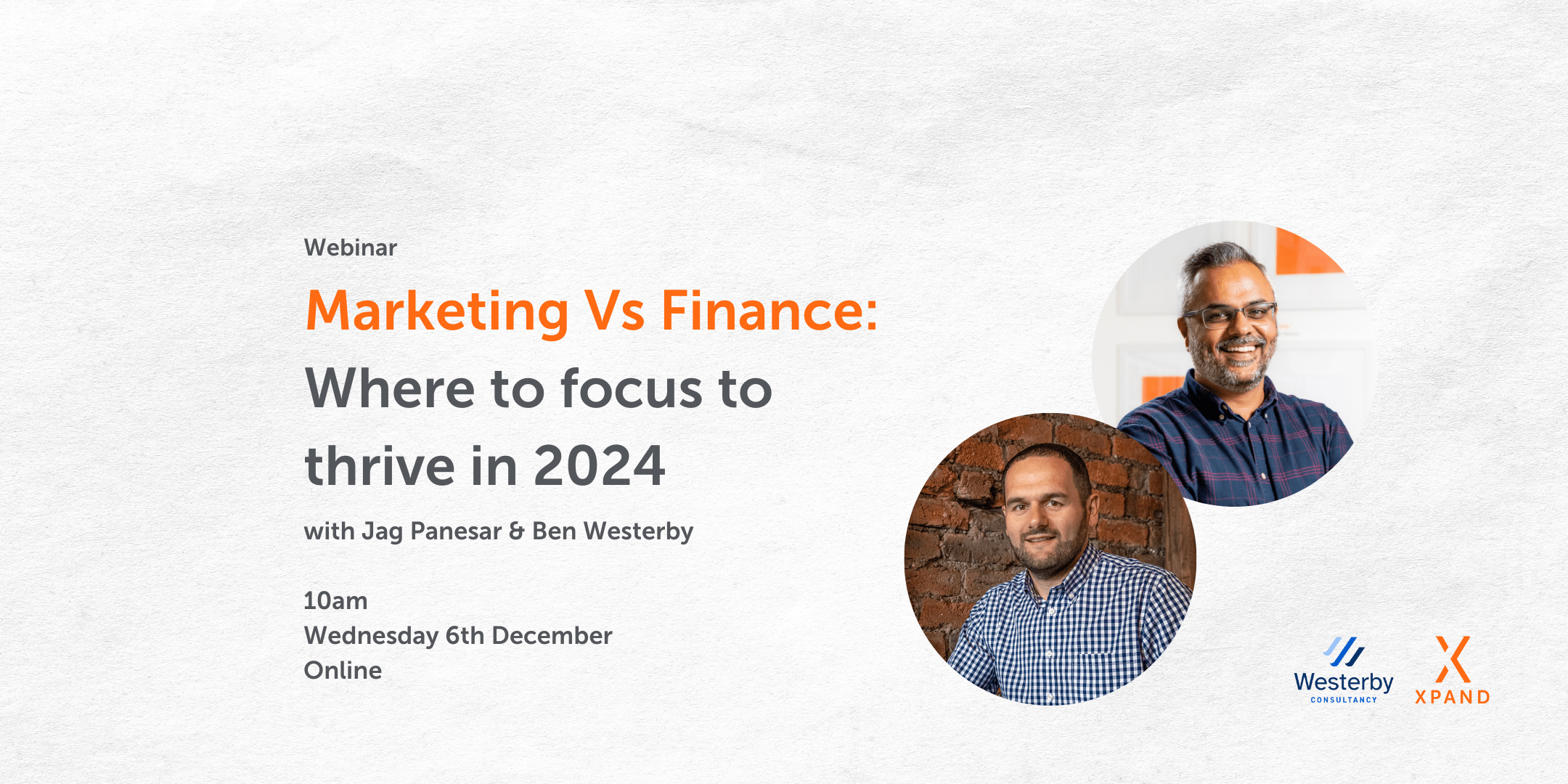Your marketing strategy is a central component to your business’ success. Without it, your business will lack focus and will likely fail to reach the objectives that you have set.
If you feel as though your strategy is lacking direction, this webinar will provide you with valuable insight into getting your business on a more focused journey going into 2021…
Did you know?
Companies that prioritise marketing efforts are 13x more likely to see a positive ROI? In some cases, this could be surprising; however, a shift in consumer behaviour is forcing businesses to connect more with their customers than ever before…
HubSpot
A few important points:
- This webinar is catered towards service-based SME owners or personnel.
- The content has been focussed around activities that you can implement yourself.
- Technical activities such as SEO, PPC, and social media advertising are not covered in this webinar but are still very important.
What’s in a marketing strategy?
- Firstly, a marketing strategy provides not only short term, but long term objectives for the business. This can help you create stepping stones for achieving your long-term business goals.
- It also outlines your competitive advantage – what is it that you’re doing that makes you stand out amongst the competition?
- It helps you to understand your market and your audiences so you can deliver a relevant and engaging brand message.
- It helps you to outline your position. Are you the M&S or the Aldi of your industry? These are key areas for consideration to ensure you are connecting with your specific audience, in the right way.
- It provides you with a road map of what needs to happen and when. This is key in maintaining focus on reaching your objectives.
1. How has marketing changed due to COVID-19?
When I planned this topic, I felt slightly overwhelmed as to where I should start. As I’m sure everyone has come to understand, COVID-19 has significantly impacted the way marketers need to communicate with their audience in more ways than one. I’ve pulled out three key areas as outlined below (but there are a lot more!).
COVID-19 has accelerated the growth of digital
Notice here that I have identified ‘digital’ as a whole, rather than digital marketing. Marketing aside in this case, everything digital went into overdrive during the first lockdown
Zoom is a great example of this. Before lockdown, no one really knew what it was, but now we use it as a tool to stay connected with each other on both a business and a personal level.
Pre-Covid-19, we were in an age where the digital world was growing- but now as dependence and recognition has grown forcibly, the digital revolution we are living through has accelerated at a significant rate.
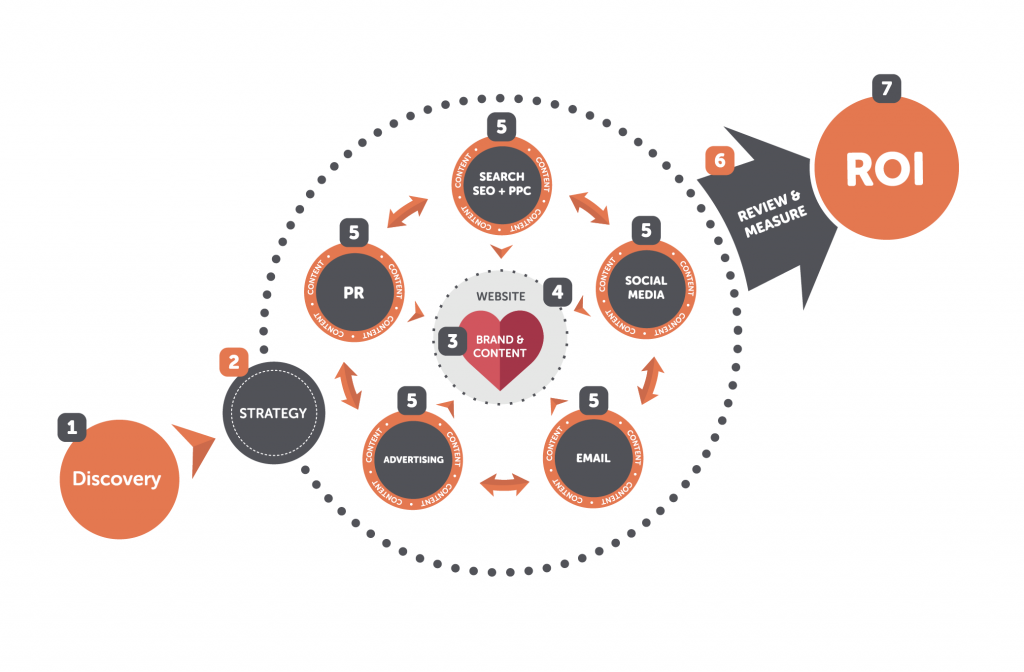
Above, you can see our SOLAR7 model which we use to demonstrate the process to achieve return on investment (ROI).
- Discovery- finding out where you are right now and where you want to go.
- Creating a strategy based on where you want to take your business.
- Your brand message and content are at the heart of your strategy.
- An attractive website that will encourage traffic and engagement.
- Utilising various marketing channels to help drive website traffic.
- We have to review, measure and test the key performance indicators to make sure what we are doing is working. Where the strategy isn’t working so well, we can adapt.
- The previous six stages should, if implemented correctly, result in an ROI.
During lockdown, we received a number of enquiries for help with social media, website design and digital strategy, highlighting that businesses are coming to understand the importance of implementing a digital marketing strategy and how COVID-19 has increased the need for this.
What does this mean for 2021?
- Someone in your business needs to take ownership of digital marketing. If it’s outsourced, there needs to be an internal understanding of what’s going on and why. This will help you to keep focused on your objectives and be more successful in reaching them.
- You NEED a digital marketing strategy. Without one, the lines will become blurred and you will struggle to meet your objectives.
- At the very least, you need to understand how social media works and the audience you have. Find out what your social media means to your audience and remember: your content is for your customers and not for you, so don’t use your own social media preferences as a basis for creating content.
“97% of B2B marketers use LinkedIn as part of their content marketing efforts”
Content Marketing Institute
The above statistic highlights how important it is as a B2B business owner to boost your knowledge around social media, in particular LinkedIn. It isn’t enough to just be active anymore, you need to be seen to be engaging in your area of expertise and reinforcing your knowledge to prospective customers.
Brand trust is key
People connect with brand authenticity so it’s important for you to discover what your brand can mean to someone.
Gone are the days when brand values are only ‘used’ by bigger companies. People can see right through your messages, so you need to remain honest and consistent because if they can’t connect with you, they will connect with somebody else.
Be human, personalities aren’t just for people. It’s human nature to want to interact with a person or a business that we can relate to, so harness this within your strategy to encourage engagement.
What does this mean for 2021?
- Try to gain as many reviews for your business as possible.
- Now, I know this can be a challenge because generally speaking, people aren’t bothered about reviewing something unless they’re extremely happy or extremely unhappy. However, the more reviews you have the better it looks because there is no hiding anymore. Customers have a great deal of access online to do their homework on your business, so make sure you’re not falling at the first hurdle.
- Know your brand values. Think about the beliefs and behaviours that lie deep within the business: your core values and what you believe in as an individual and as a company. Try to pull it down to three core beliefs that really are true to your brand and keep that consistent within your brand message.
Really get to know your own values so you can push them throughout your business.
Ensure your messaging really addresses the pain points of your audience so you can connect with them on a more emotional level: what is the emotional impact of solving their problem and what does that mean to them?
Identifying these areas can give you a greater competitive advantage and help you to stand out within your market place.
Your audience has changed
What does this mean? Fortunately, you aren’t servicing a whole new audience but COVID-19 has affected everyone in the world in some way.
Audience buying decisions have changed, for example, think about how your personal spending habits have changed towards things such as eating out and buying clothes. This is something that could further impact spending patterns in 2021, so needs to be considered within your strategy.
People are choosing to be more supportive of local businesses, so consider what this means for you and your business. Would you benefit from supporting local businesses? Or, are you a local business yourself that needs to localise your marketing strategy to take advantage of this behaviour shift?
What does this mean for 2021?
- You need to understand your audiences pain points. If you have already done so, make sure to be reviewing this regularly so they remain relevant.
- Understand what it is that might stop customers from buying from you. Don’t always conclude your price is too high, be sure to evaluate other areas of the business first such as your brand message or website usability.
2. The key areas to focus your efforts
Every business will be at a different point in the SOLAR7 model, whether you’re starting completely from scratch or you have areas to improve. You need to make sure you understand where you are now, to understand where you want to go.
The ultimate goal
The ultimate goal of any business is to generate relevant enquiries that lead to an increase in profit.
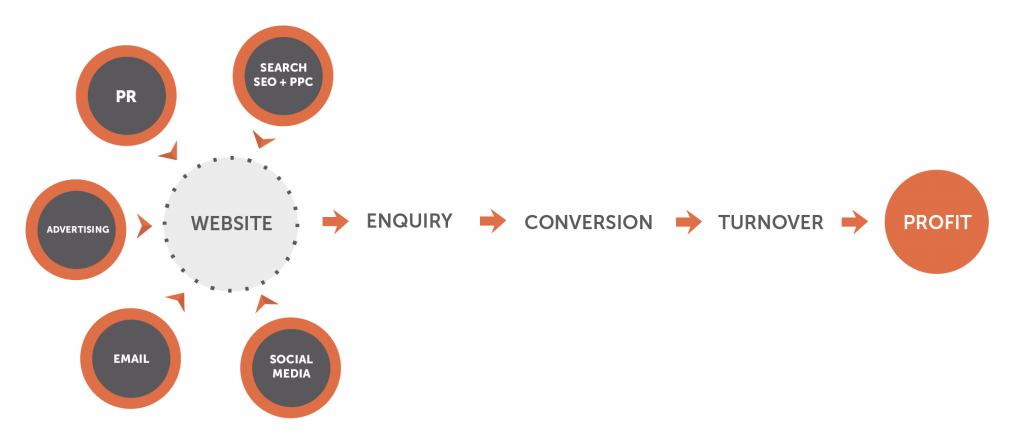
If your website traffic is low, consider your current process. Does your website layout and message give your prospects confidence in you? Do you have a portfolio of examples to back this up? Do you have a relevant process outlined on your website? These are all important considerations for increasing traffic to your website.
When trying to convert customers, consider, what are you doing to support them. Every day we see between 3,000 and 25,000 marketing messages, so you need to cut through this noise. Research suggests that seven touch points are needed with a customer, they need to have a need or a want for you or your services before they take action.
So, you need to increase the number of touch points with your customers, from the point they make the enquiry to the point they convert. Give them useful information and support them in between to increase the probability of conversion.
Other considerations would be profitability or productivity. How profitable is your marketing activity? How productive are you being with projects? These considerations are important, because your business process must be efficient for future success. If your profit is struggling, strip everything back, and understand why.
3 Key Areas for Business Success
This is actually surprisingly obvious, but despite my years of experience in the industry, it is something I still trip up on from time to time.
To achieve business success, I believe you need:
- A good skill set
- To be organised in what you do
- To have good communication skills
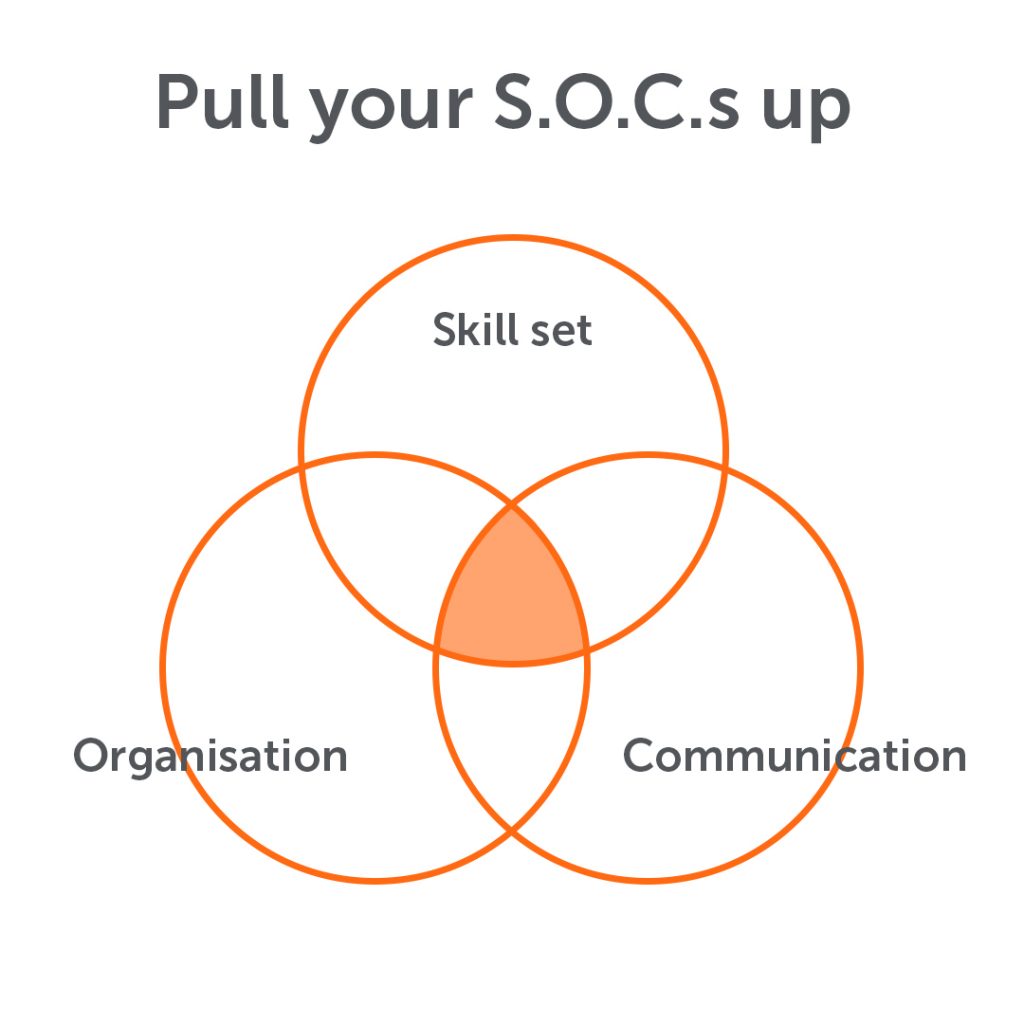
Ideally, you need a balance of all three to be truly successful. People often mistake skillset as the main component for success, but without good organisation and communication, you’ll find that you’re not making as impact as you could.
3. Understanding your audience
A great strategy needs to be formulated around an understanding of your audience:
What you need to consider:
- Background – Consider what’s going on in the life of your individual audience personas. Think about their general background and who they are as a person, not just who they are to your business.
- Identifiers – what is key to them? For example, identify areas such as their personality traits or whether they are able to use social media proficiently.
- Their goals – understand what their goals might be from both a career and a personal perspective. Use their personality and general background to really decipher this.
- Primary challenges – find out what might be stopping them from purchasing and what their pain points are e.g. being short on money.
- Sources of information – where would they go to find the information about your brand? What kind of topics might they choose to engage with/ read about?
The above aims to help you understand your customer, so you can develop a marketing strategy around their pain points, taking into consideration their individual characteristics. Create the persona by really taking the time to get into their mind, almost becoming the person you have created. This will help you get as deep as possible to understand your customer’s needs.
This is a good opportunity for you to get your team together, to see what they think the identifiers for your customers are. It is important to note that whilst this can be used as a base for your 2021 strategy, you need to make sure you are updating this information regularly as consumer behaviour patterns often change.
Below is an example audience persona we created as part of a marketing strategy we created for Girlguiding Leeds.
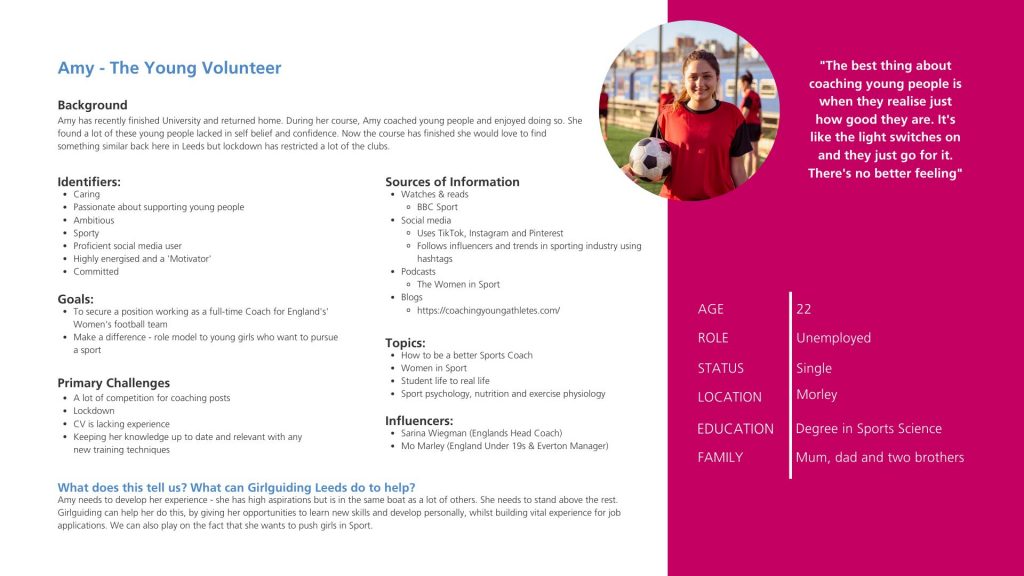
4. Setting realistic objectives
What kind of objectives have you set?
Whatever objectives you have set, they need to be S.M.A.R.T– Specific, Measurable, Attainable, Relevant and Timed.
When setting objectives you need to consider:
- Where are you at this moment in time: often there’s a disconnect between where people are and where they want to be.
- Consider available resources. Consider how much time you have and the structure you have around you to achieve the objective.
- Think about what the objective means to your business. When you set the objectives it is important that you understand how achieving them will impact the business and whether it is even relevant for achieving your long-term goals.
Example S.M.A.R.T objectives:
Rather than saying “I want more sales/ profit”
Consider
“I want to increase revenue from XYZ service by 15% by May 31st 2021”
5. Understanding your critical success factors
What are critical success factors (CSFs)?
They are the vital few activities that really drive success for your business.
We talked about having six objectives for your business, but having CSFs is about narrowing these objectives down further.
So, how do you know if it’s a CSF? Ask yourself “If I don’t achieve this, will my business be successful?” It is imperative to make sure you understand what your business needs to achieve baseline success. Make sure you put a great deal of thought into how your identified CSFs will be achieved to maintain a clear focus for optimal success.
6. Useful tools
Rival IQ
This is a great tool for competitor research, which is free to use. You can use it to compare your social media to your competitor’s social media in terms of followers, engagement, and how often they’re posting.
Unfortunately, you cannot use this tool for LinkedIn as it’s a protected site but, as I have said, it’s a good place to start and will help with strategic planning.
This might seem really obvious but, use Google to your advantage: look at your competition, Google the words you want to be found for and what comes up on there and look at Google news to search competitors’ names to see what they’re coming up for.
Check the websites your competitors are featuring on and what people are saying about them.
Xpand’s free strategy template
We have created a FREE downloadable strategy template for anyone to use that will give you great insight and guidance on how to formulate a relevant and engaging strategy. It gives prompts and examples that will guide you through the journey of creating your 2021 marketing strategy.
We asked for immediate feedback at the end of the webinar, here are the results:
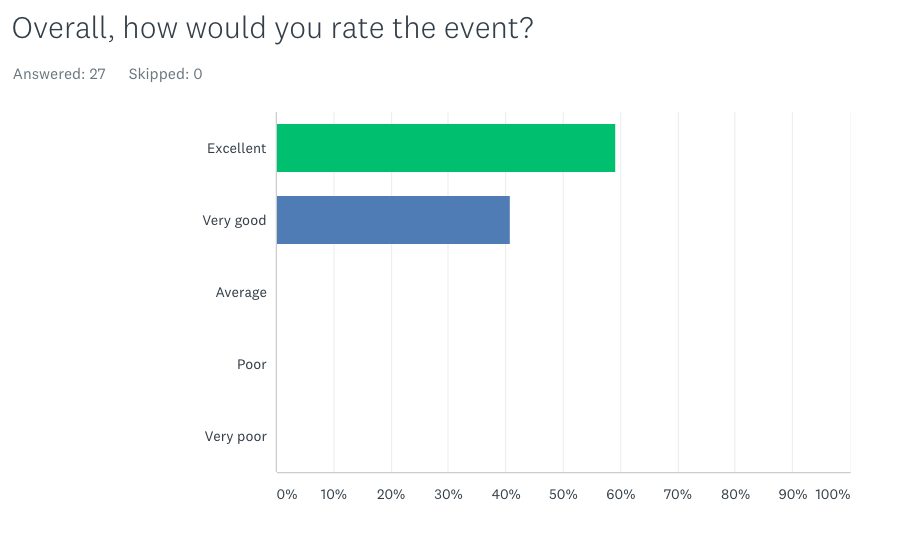
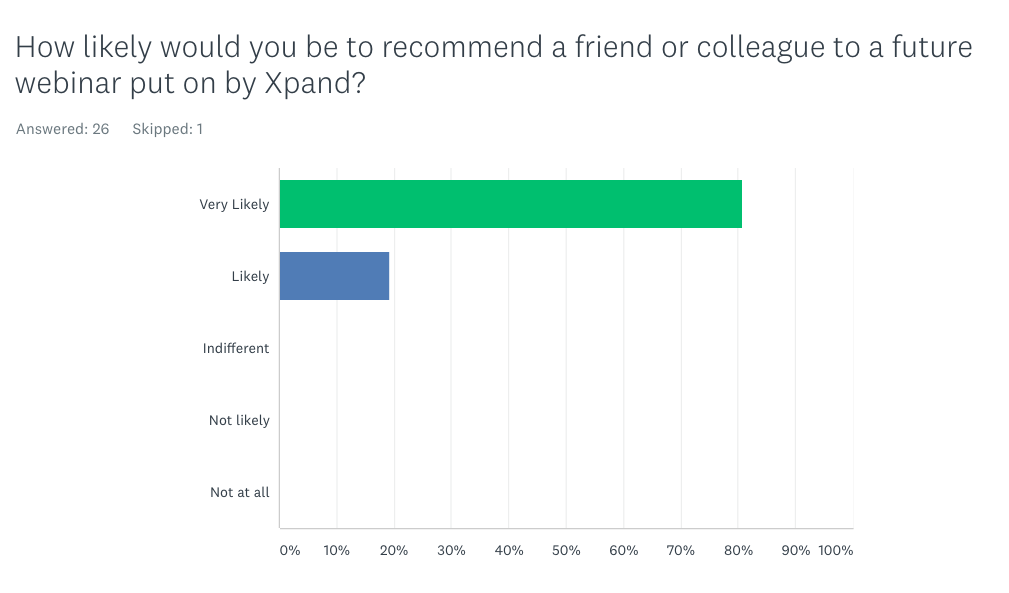
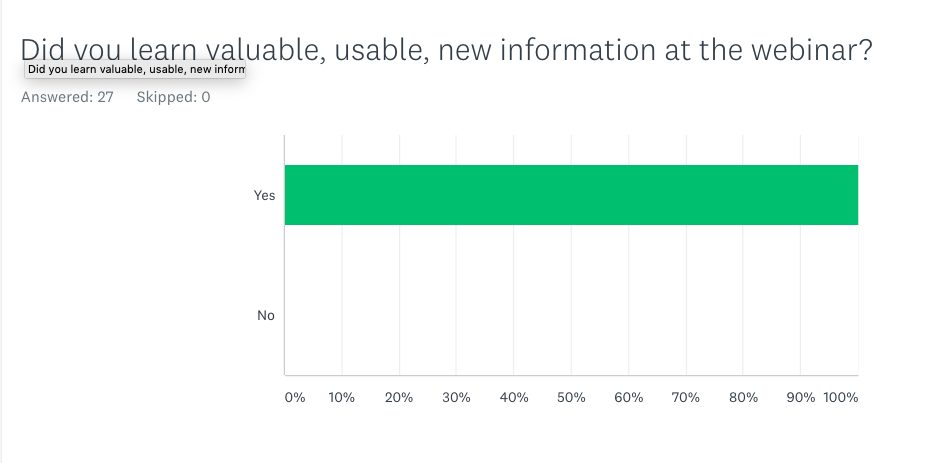
Read about/ watch other webinars we have delivered in 2020:
7 Steps To Becoming A LinkedIn All Star
5 Ways To Convert Your Website Visitors Into Customers
6 Post Lockdown Marketing Tactics
LinkedIn Fear Factors & How To Overcome Them
If you’d like to talk more about developing your 2021 strategy, get in touch.

